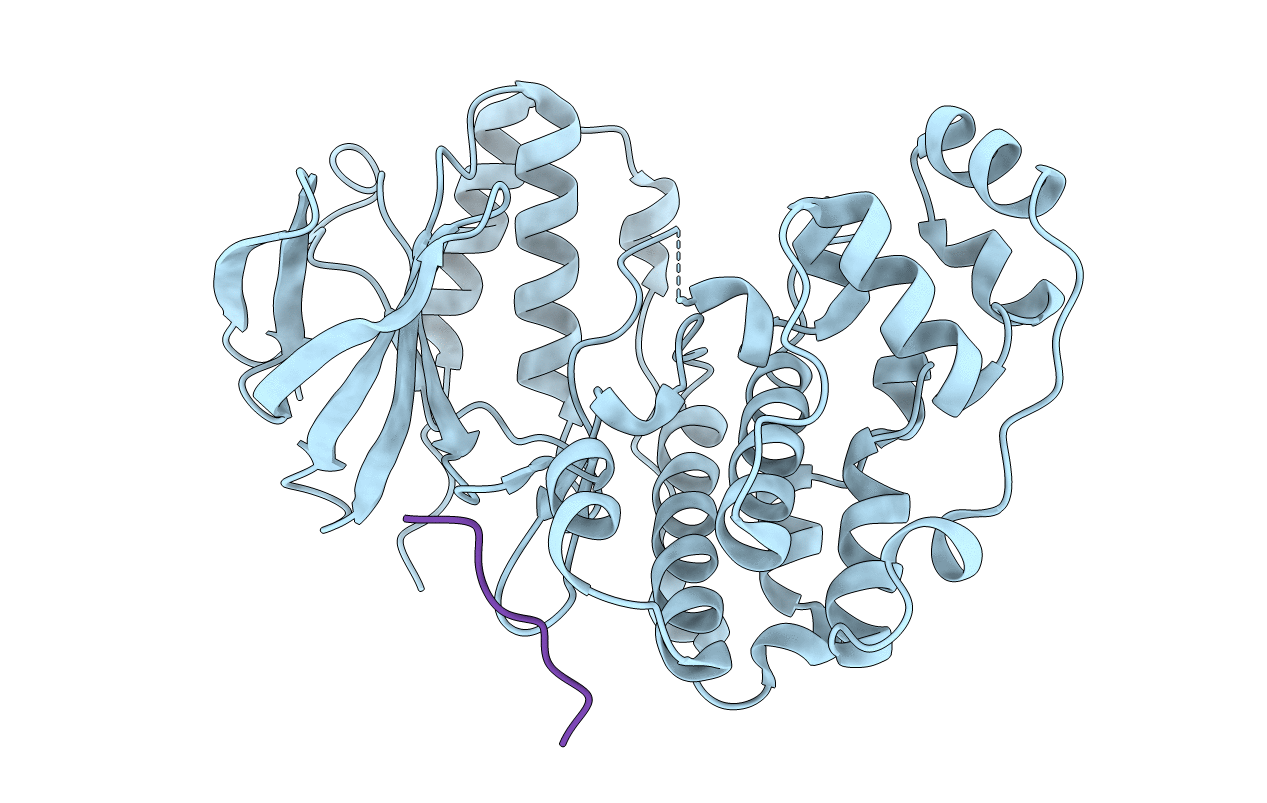
Deposition Date
2013-04-22
Release Date
2013-06-26
Last Version Date
2023-11-08
Entry Detail
PDB ID:
4KA3
Keywords:
Title:
Structure of MAP kinase in complex with a docking peptide
Biological Source:
Source Organism:
Mus musculus (Taxon ID: 10090)
Homo sapiens (Taxon ID: 9606)
Homo sapiens (Taxon ID: 9606)
Host Organism:
Method Details:
Experimental Method:
Resolution:
2.71 Å
R-Value Free:
0.26
R-Value Work:
0.22
R-Value Observed:
0.22
Space Group:
P 31 2 1


